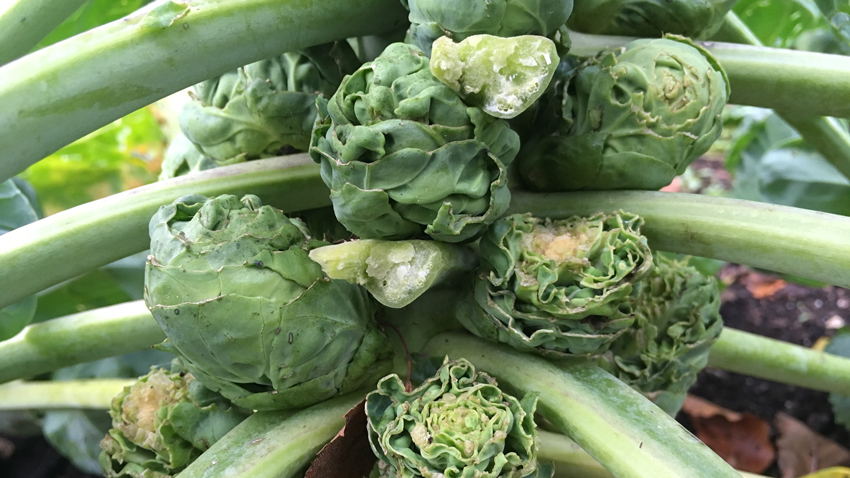If you’ve been out to the veg patch to check on our Christmas Veggies, only to have to schedule in a trip to the local farm shop to top up a failed crop, then read on to find out what went wrong!
Cabbage:
If your cabbages haven’t formed a heart, then the likely cause is the long, hot summer we had. They are cold weather plants really, so the stress of the hot weather is likely to have confused the poor things. They also really like lots of organic matter, so it could be that they didn’t have enough. Give it another go next year!
Cauliflower:
Sometimes cauliflower doesn’t form a head – the reasons are the same as with cabbages, above. Other times, the cauliflower head may turn brown/yellow. This is usually because they have been over exposed to hot, bright sunlight. You can avoid this in the future by using an elastic band or piece of string to tie a couple of the plant’s leaves in around the cauliflower head.
Parsnips (and carrots):
Wonky parsnips are usually a product of a) stones in the soil and b) too much organic matter. The cure for this next time is to dig over the soil really, really well, adding just a little compost.
Potatoes:
Potatoes are not the easiest to grow for a Christmas harvest, and the main reason for this is too much rain, blight, and too many hungry slugs. Make sure you grow them in well draining soil and set down lots of slug traps! Blight can be hard to avoid in damp conditions, so it’s usually a case of pot luck!
Broccoli & sprouts:
The biggest problems with growing these brassicas at this time of year usually include slugs and pigeons. If the leaves are muted to the stalk, then check for slime trails in which case you need to deter slugs, and if there’s no sign of them, then you probably have a peckish pigeon in the garden. Growing brassicas under netting or fleece is highly advisable!
Leeks:
You may see orange flecks on the leaves of leeks – this is an indication of rust, and the best thing to do is pull them up and use what you can.
Celeriac:
If your celeriac has failed to form a bulb, then it’s most likely because they didn’t get enough water. They can be tricky to grow, and they do need a lot of moisture – this summer was a challenging celeriac season! Don’t be too hard on yourself. Give it another go next year and use a mulch to try and lock moisture in, as well as remembering to water regularly.

